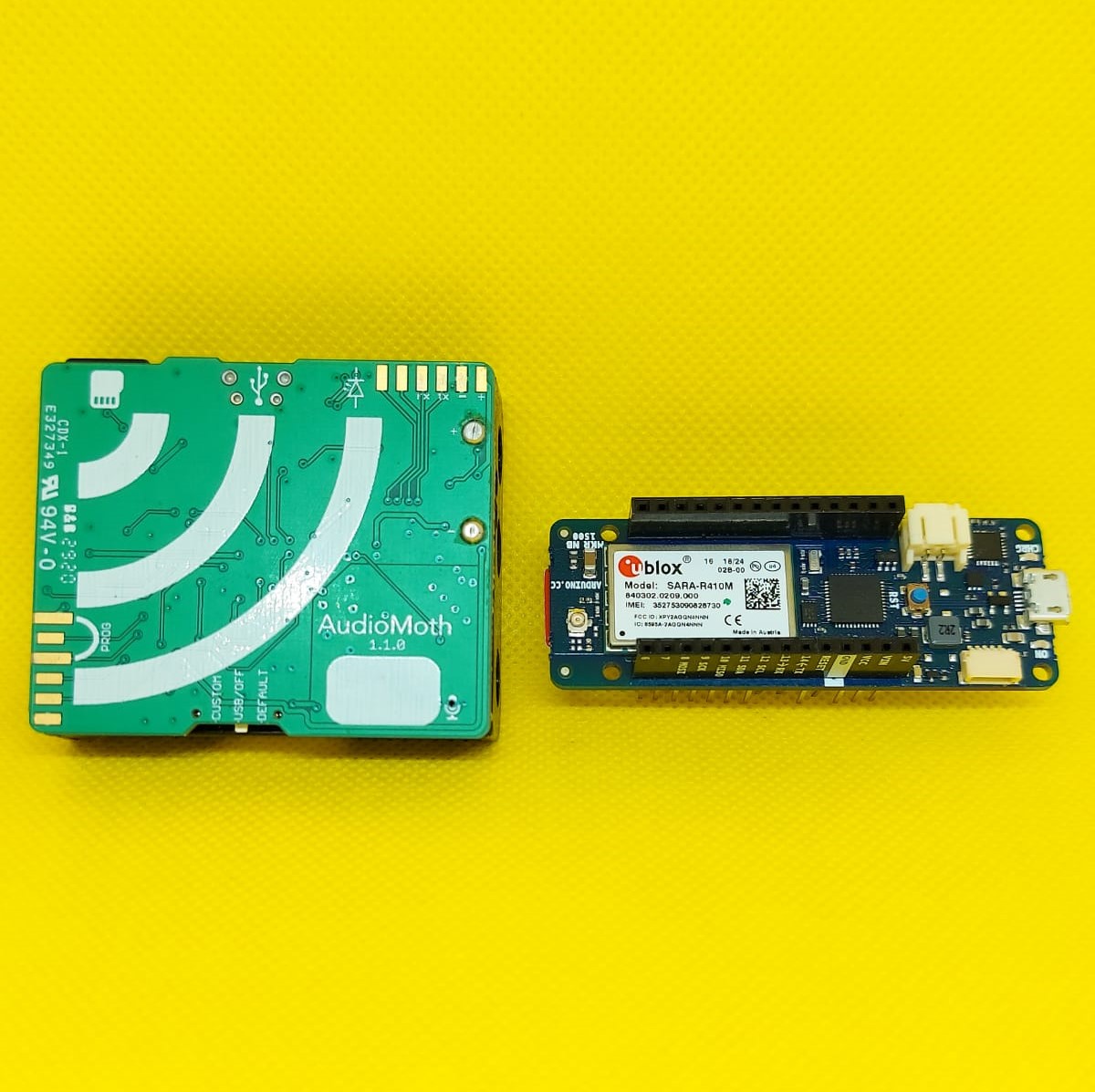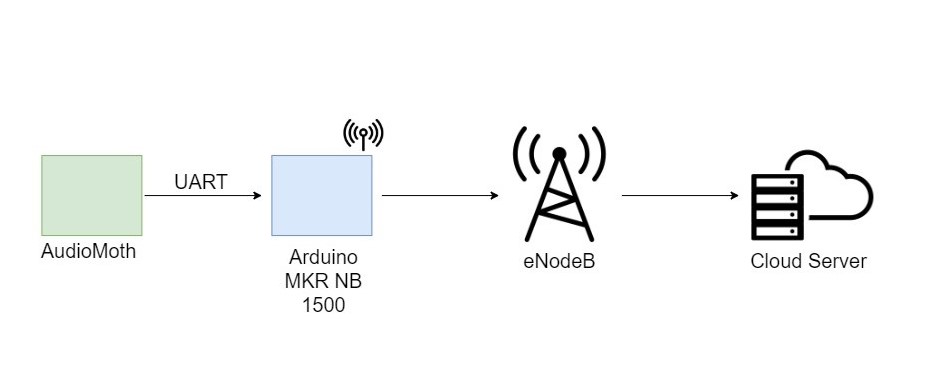Ecoacoustics or soundscape ecology is the study of the effects of sound in our environment. It is an important field of study due to the ecological impact of noise on biodiversity. Nevertheless, research in this field is limited, due to a number of factors. One of these is the lack of wireless connectivity, making noise monitoring a time-consuming and expensive process, since it currently relies heavily on manually retrieving data from deployment sites. The use of a wireless system would reduce the time and cost currently required for gathering the necessary data.
In view of the increasing internet of things (IoT) market, sound monitoring could be done efficiently through cheap wireless sensor systems. Low-power wide-area networks (LPWAN) were developed to facilitate the communication for wireless devices. For this project, the noise monitoring application chosen was the gunshot detection method. A flagging system was created so that once a gunshot has been detected, a server would be notified with the appropriate information.
The acoustic sensor chosen for recording the gunshots was Audiomoth, which is a scalable open-source device used in various noise-monitoring applications ‒ including the observation of different species of birds and urban noise monitoring. With the creation of a gunshot-detection algorithm, Audiomoth could specifically record gunshots from all the sounds captured by the sensor. When a gunshot would be detected, the appropriate information is sent out to a server by using LPWAN technology. The technology chosen for this project is narrowband IoT (NB-IoT). This is due to its low latency and the quality of service (QoS) allowed by the said technology.
The Arduino MKR NB 1500 was used for narrowband communication and was set to receive information relayed from the Audiomoth. The MKR NB 1500 then sent out this information to a server, where it was recorded for further investigation.


Course: B.Sc. (Hons.) Computer Engineering
Supervisor: Prof. Ing. Carl Debono
Co-supervisor: Dr Mario Cordina
